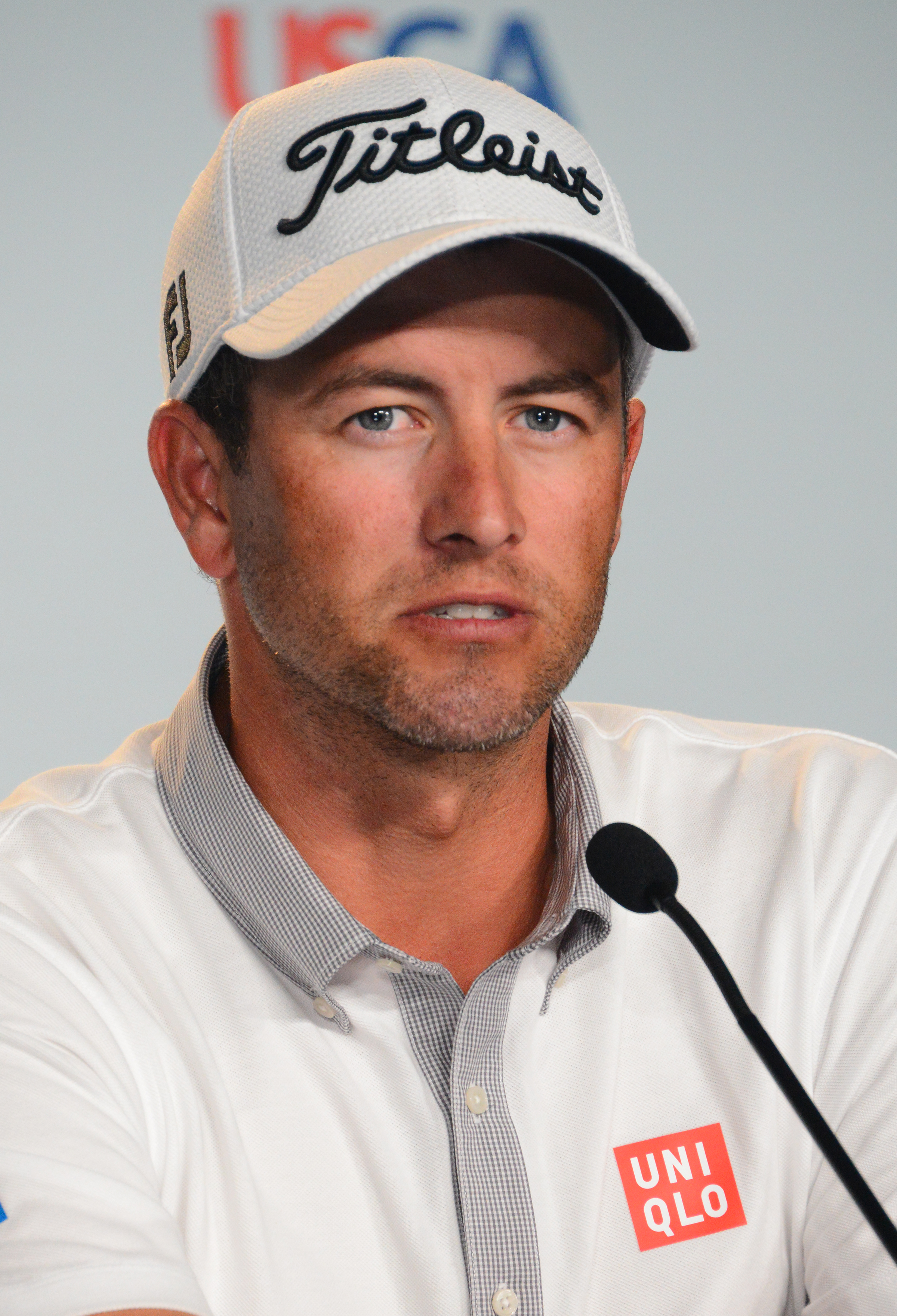Adam Scott played two rounds at Oakmont when the course last had the U.S. Open in 2007, failing to make the cut and finishing tied for 127th with a score of 18-over-par.
For better or worse, Scott doesn’t think the course has changed significantly from nine years ago. If anything, it might be more difficult.
“Maybe the rough is a little thicker this time around,” he said Wednesday. ”However, I found it quite difficult in 2007 as well.”
Scott hasn’t been shy to voice his concern about the difficulty of the course.
“Whether it is Oakmont or any other golf course, the players now and the distance and consistency they hit it … if par or worse wins and that’s the best of the best that week, then something silly is probably happening out there,” the Australian told the Sydney Morning Herald earlier this week. “When we have a 2-yard gap to hit a 250-yard tee shot to keep it in a fairway or where the ball will only roll down into this one bit of rough. That’s when it can be unfair and then we have gone too far.”
Despite the 35-year-old golfer’s shaky history at Oakmont and his criticism of the difficulty of the course, he believes his game is suited to navigate the challenging terrain. “I really feel that if I can execute and play my style of golf this U.S. Open, I haven’t seen a better setup for me personally than this,” he said.
On the 2016 PGA Tour, Scott ranks first in average shots from the tee to the green at 2.087. He said if he can drive the ball how he usually does, he’ll have a bit of an advantage playing from down the fairway. The key, he said, will be playing a complete game, from the tee to the fairway to the green.
A common theme among golfers Wednesday was that hitting tee shots safely to the fairway — away from the rough and bunkers — is important, if not the most important shot on every hole. But advancing to the fairway is only half of the battle. The sloping greens at Oakmont are notoriously quick.
“[They’re] probably the most severe greens we’re going to putt on this year,” Scott said. “I certainly prefer putting on faster greens with my style of putting, so that doesn’t bother me at all. But it’s going to be difficult because we’re not always used to seeing so much slope on the greens.”
He called the greens a “leveler,” an element of Oakmont that evens the playing field. No one is immune from a bad break on a ball. A 40-foot putt that’s a foot off-target could end up 12 feet away from the hole, making the putt appear worse than it actually was. “Every aspect of this course is asking a lot out of the player,” Scott said. “And it’s going to test everyone ultimately mentally.”
Scott plans is to reciprocate that challenge to the course, beginning at 2:20 p.m. today, when he takes the course with fellow Australian Jason Day and former British Open champion Louis Oosthuizen.
“I think you need to challenge this course,” Scott said. “That doesn’t necessarily mean attack. You’ve got to be a little bit smart, of course, but I think my plan certainly is to challenge this golf course this week.”
Andy Wittry: awittry@post-gazette.com.

Comments
Login Register Logout